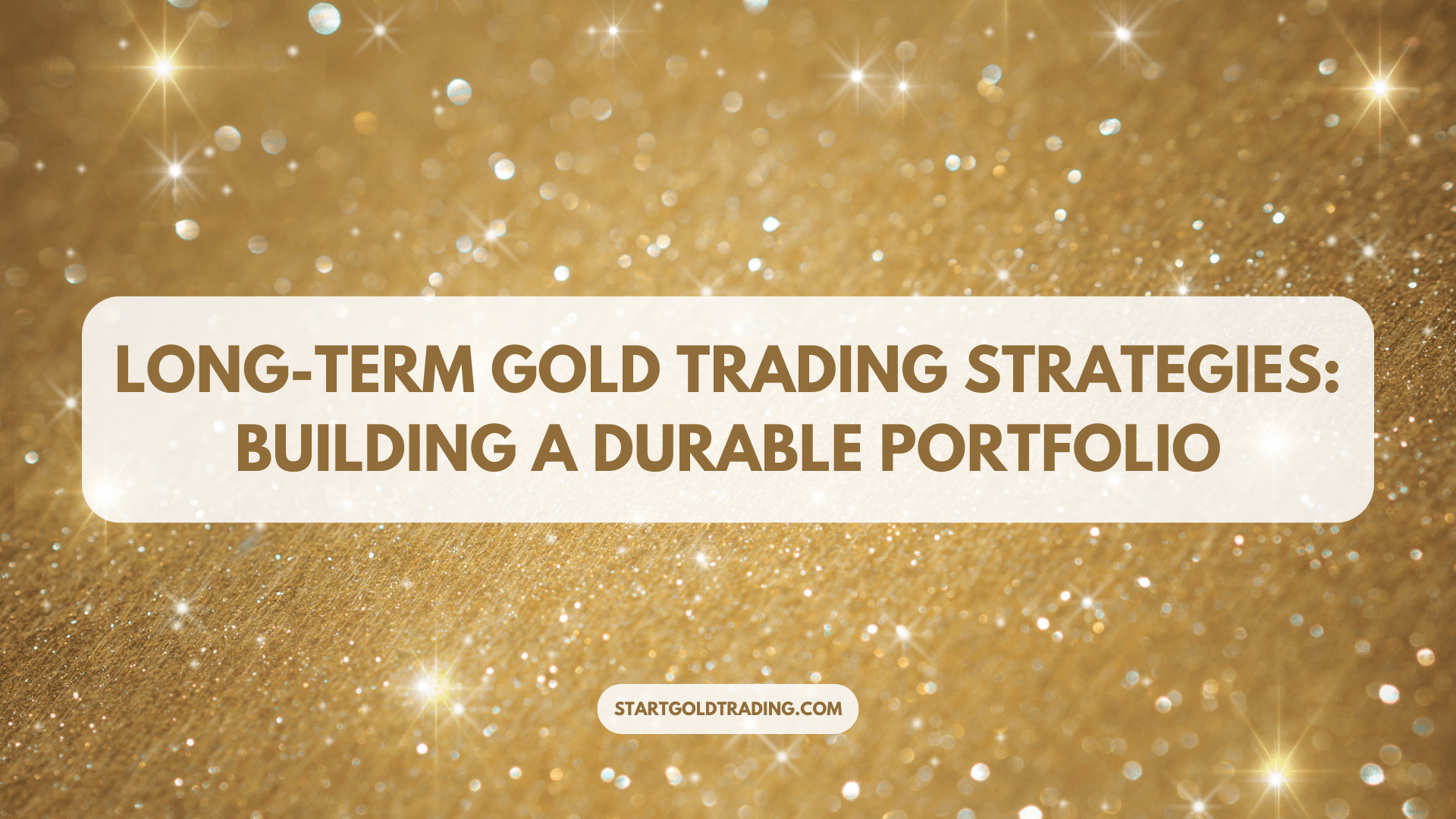Gold has always been a symbol of wealth and security, enduring through centuries as a reliable store of value. For investors, especially those just starting out, including teenagers with a budding interest in financial markets, gold offers a unique opportunity. Unlike the high-speed world of day trading, long-term gold trading focuses on building a durable portfolio that can withstand market ups and downs. This article delves into the advantages of long-term investment in gold, outlines strategies for developing a robust gold portfolio, and discusses key considerations for sustained market engagement.

Advantages of Long-Term Investment in Gold
1. Inflation Hedge: Over time, gold has proven to be an excellent hedge against inflation. As the cost of living increases, the value of gold tends to rise along with it. Think of gold like an old oak tree — steady and stable, growing in strength and stature as the years pass.
2. Diversification: Adding gold to your investment portfolio can reduce risk. Gold often moves inversely to stock markets and currencies, acting like a financial safety net when other investments falter.
3. Low Volatility: Compared to stocks and other commodities, gold typically enjoys relatively low volatility over the long term. Its price movements are more gradual, providing a calming presence in any investment portfolio.
Strategies for Building and Maintaining a Long-Term Gold Portfolio
1. Regular Buying: One effective strategy is dollar-cost averaging, where you invest a fixed amount of money in gold at regular intervals, regardless of the price. This approach can help reduce the impact of volatility on the overall purchase.
2. Gold ETFs and Mutual Funds: For those who prefer not to buy physical gold, gold Exchange-Traded Funds (ETFs) and mutual funds offer a way to invest in gold through the stock market, with the added benefits of liquidity and ease of trading.
3. Mix of Physical and CFD Gold: Combining physical gold investments (like coins and bullion) with gold CFDs can optimize liquidity and potential returns. While physical gold adds a tangible asset to your portfolio, gold CFDs allow for flexibility and easier adjustment of positions in response to market changes.
Considerations for Long-Term Market Engagement
1. Market Trends Analysis: Long-term investors should keep an eye on broader economic and geopolitical trends that could impact gold prices, such as changes in monetary policy, economic crises, or significant shifts in consumer behavior towards jewelry and technology.
2. Patience and Resilience: Long-term trading requires patience. Unlike short-term trading, where profits and losses are quickly realized, long-term trading strategies bear fruit over years. Developing emotional resilience against market fluctuations is crucial.
3. Regular Portfolio Reviews: Regularly review and rebalance your portfolio to ensure it aligns with your long-term financial goals. This might involve adjusting your holdings in gold or diversifying into other assets, depending on market conditions and personal circumstances.
Conclusion
Long-term gold trading isn’t just about capitalizing on opportunities; it’s about strategic growth and stability. By understanding the advantages of investing in gold, employing thoughtful strategies, and maintaining a disciplined approach, you can build a portfolio that not only survives but thrives over time. Whether you’re a teenager starting your first investment or someone looking to expand your portfolio, gold can offer a golden pathway to achieving your financial goals.

